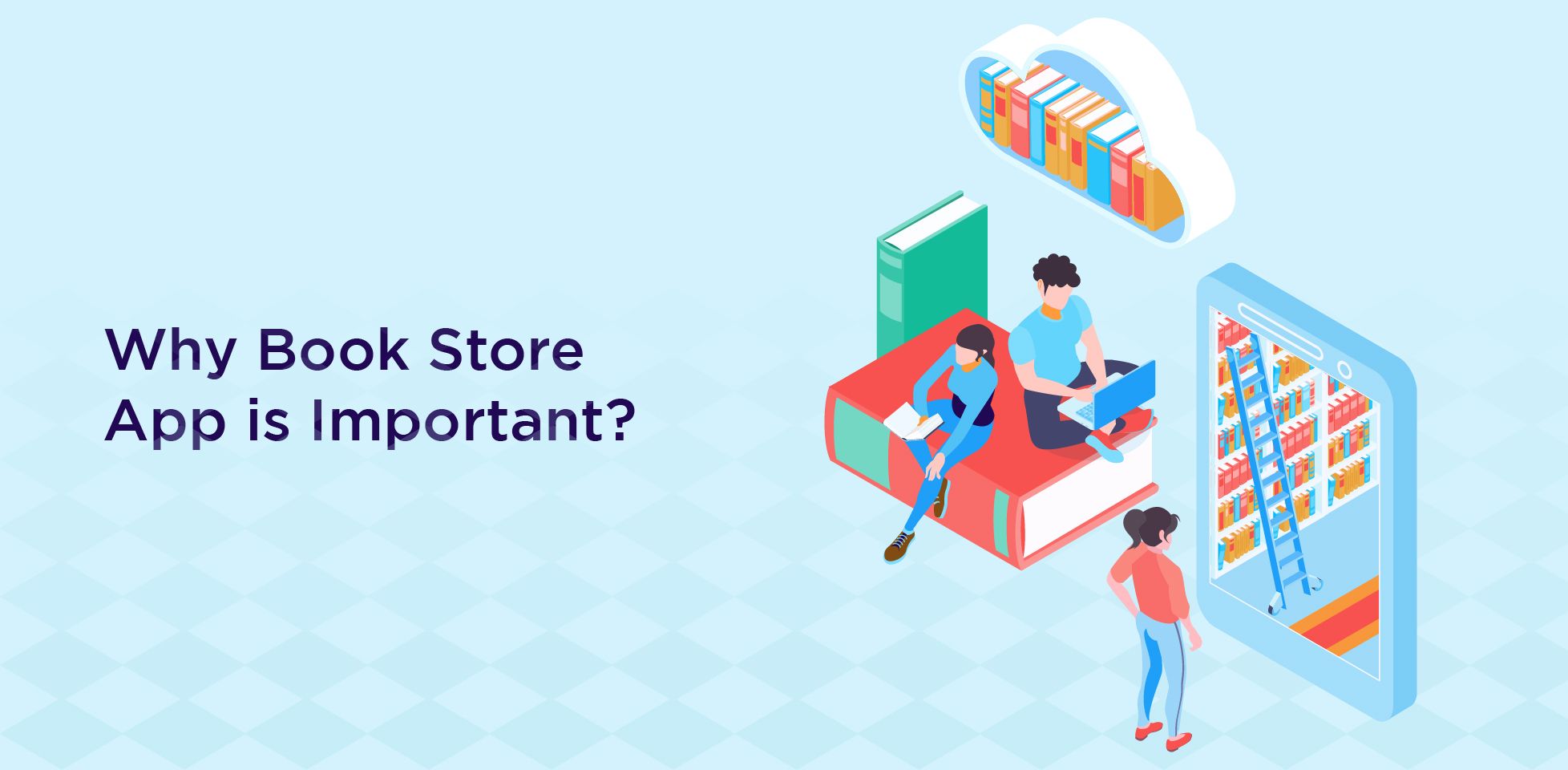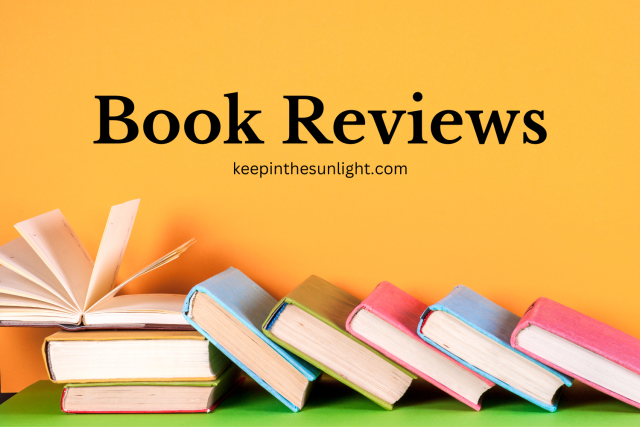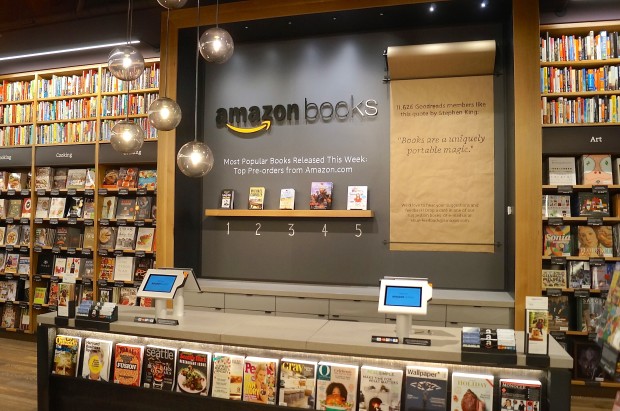Selling Educational Books in the Digital Age: Strategies, Trends, and Opportunities
Introduction
In the ever-evolving world of education, books remain at the core of learning—even as digital technologies reshape classrooms, lecture halls, and home learning environments. The demand for educational books—ranging from K-12 textbooks to higher education materials and professional certifications—continues to grow. However, the way these books are marketed, sold, and consumed is changing rapidly.
This article explores the dynamic landscape of educational book selling in 2025. It’s a comprehensive guide for publishers, authors, entrepreneurs, and eCommerce retailers who want to understand the trends, challenges, and strategies behind successful educational book sales—both physical and digital.
Like flowers that bloom in unexpected places, every story unfolds with beauty and resilience, revealing hidden wonders.

About Us
Understanding the Educational Book Market
1.1 What Are Educational Books?
Educational books are texts specifically designed to aid in learning. They may be:
- Textbooks (for schools and universities)
- Workbooks and practice materials
- Exam prep guides (e.g., SAT, IELTS, ACCA, CFA)
- Subject-specific references (e.g., medical, engineering, legal)
- Teacher manuals
- Self-learning books (e.g., coding, languages, skills)
1.2 Market Demand in 2025
The global education market is growing, driven by:
- A surge in remote learning
- Government and NGO investments in literacy
- An increase in adult learners seeking upskilling
- The growth of homeschooling communities
- Hybrid classrooms using both print and digital content
According to Statista, the global market for educational books (print + digital) is valued at over $28 billion USD in 2025 and expected to continue rising.
What people are saying
Print vs. Digital Educational Books

2.1 Print Books
Print textbooks are still widely used, especially in developing countries and younger grade levels (K–12). Students often prefer physical books for:
- Easier annotation
- Reduced screen fatigue
- Easier eye strain
- Resale value
Challenges: High production costs, inventory management, shipping fees.
2.2 Digital Educational Books (eTextbooks)
Digital versions offer:
- Interactive features (quizzes, videos, flashcards)
- Portability across devices
- Instant delivery
- Lower cost per unit
Challenges: Piracy, platform compatibility, and student resistance in some areas.
2.3 Hybrid Approach
Many schools and universities now use blended learning models where print and digital books are combined. Publishers often release bundles that include both formats.

Who Buys Educational Books?
Understanding your target market is key to successful sales. Educational books are bought by:
- Schools and Institutions (bulk orders, government tenders)
- Teachers and Tutors (reference guides, supplementary material)
- Students and Parents (retail or online)
- Libraries (digital licenses or bulk purchases)
- Working Professionals (certification prep, language learning)
Each group has different needs, spending capacity, and preferred buying channels.

Where to Sell Educational Books
4.1 Online Marketplaces
- Amazon (world’s largest book marketplace, including KDP for self-publishing)
- Shopee/Lazada (Southeast Asia)
- eBay (for used and rare books)
- Etsy (for printable educational materials)
- Google Play Books, Apple Books, Kobo (for digital)
4.2 Direct-to-Consumer eCommerce Stores
Using platforms like Shopify, WooCommerce, or BigCommerce, authors and publishers can sell directly with full control over pricing, branding, and customer relationships.
Benefits:
- Higher profit margins
- Email list building
- Better customer insights
4.3 Educational Platforms & Publishers
- Chegg, Pearson, McGraw Hill, and others license educational content to institutions.
- Selling via B2B partnerships can result in larger volume sales.
4.4 Offline Channels
- Book fairs and education expos
- School and university bookstores
- Distributors and wholesalers
Strategies to Sell More Educational Books
5.1 Know Your Audience
Are you targeting:
- Primary students?
- University students?
- Self-learners?
- Teachers?
Tailor your messaging, format, and sales channels accordingly.
5.2 Offer Digital Samples
Let users preview a chapter or download a sample PDF. This builds trust and reduces purchase hesitation.
5.3 Use SEO for Discovery
When selling online, optimize product titles and descriptions with educational keywords:
- “Grade 6 Math Workbook”
- “IELTS Writing Task 2 Guide”
- “Python for Beginners PDF”
Create blog content around common educational queries to rank in Google.
5.4 Provide Value Bundles
Instead of selling one book at a time, offer:
- Combo deals (Book + Workbook)
- Course kits (with flashcards, downloads, access codes)
- Annual memberships for content libraries
5.5 Utilize Influencer Marketing
Collaborate with:
- Teachers on TikTok or YouTube
- Parent bloggers
- Studygram accounts on Instagram
Influencers who review or demonstrate your book can create massive awareness.
5.6 Leverage Email Marketing
Once a customer buys or downloads a sample:
- Send study tips
- Offer coupons
- Recommend next-level books
Platforms like Mailchimp, ConvertKit, or Klaviyo work well for this.

Self-Publishing Educational Books
The internet has enabled anyone to become a published educational author.
6.1 Platforms to Use:
- Amazon KDP (paperback + eBook)
- Gumroad (for direct PDF sales)
- Payhip or Sellfy (for digital downloads)
- TeachersPayTeachers (for educational worksheets and resources)
6.2 What to Publish?
Top-selling self-published education books include:
- Study guides and cheat sheets
- Subject-specific revision books
- Flashcards
- Homeschool curriculum
- Exam prep books (GRE, TOEFL, etc.)
6.3 Design Matters
- Use clear typography
- Include illustrations or graphs where relevant
- Ensure content is updated (especially for academic changes)
Hire an editor or use Grammarly to polish your work.
Trends in Educational Book Selling (2025)
7.1 AI-Enhanced Learning Materials
Books now come with AI-powered quiz generators, interactive learning paths, and personalized feedback—making them more engaging and effective.
7.2 Audiobooks and Voice Learning
Audiobooks for educational content (especially language learning and business) are growing fast. Platforms like Audible and Google Assistant are being used for hands-free studying.
7.3 Mobile-Friendly eBooks
With many students learning via smartphones, responsive eBooks that are easy to read and navigate on mobile devices are gaining popularity.
7.4 Microlearning & Modular Content
Instead of 300-page books, learners are looking for micro-content: bite-sized chapters, focused guides, and topic-specific eBooks.
7.5 Subscription-Based Learning Libraries
Many educators and authors are launching subscription models (like Patreon or private sites) offering members access to a full suite of books, worksheets, and videos.
Challenges and How to Overcome Them
8.1 Piracy & Illegal Sharing
Solution: Use secure PDF delivery systems, watermarking, or sell through trusted platforms with DRM (Digital Rights Management).
8.2 Competition
Thousands of books compete for attention.
Solution: Focus on niche topics, provide real value, and build a loyal community.
8.3 Platform Fees
Amazon and others take commissions (15–60%).
Solution: Diversify your platforms. Use your own website to capture full profit and customer data.
8.4 Content Updates
Education changes fast. Outdated books lose value.
Solution: Offer regular updates or “living books” that buyers can access digitally.
Conclusion
Selling educational books in the digital age is both a challenge and a massive opportunity. Whether you’re a publisher, a teacher, or an ambitious entrepreneur, there has never been a better time to create, distribute, and monetize educational content globally.
With the right approach—blending valuable content, modern platforms, and smart marketing—you can reach learners wherever they are and make a real difference in how the world learns.
The future of education is digital, and your next best-selling educational book might just be one chapter away from being written—or sold.